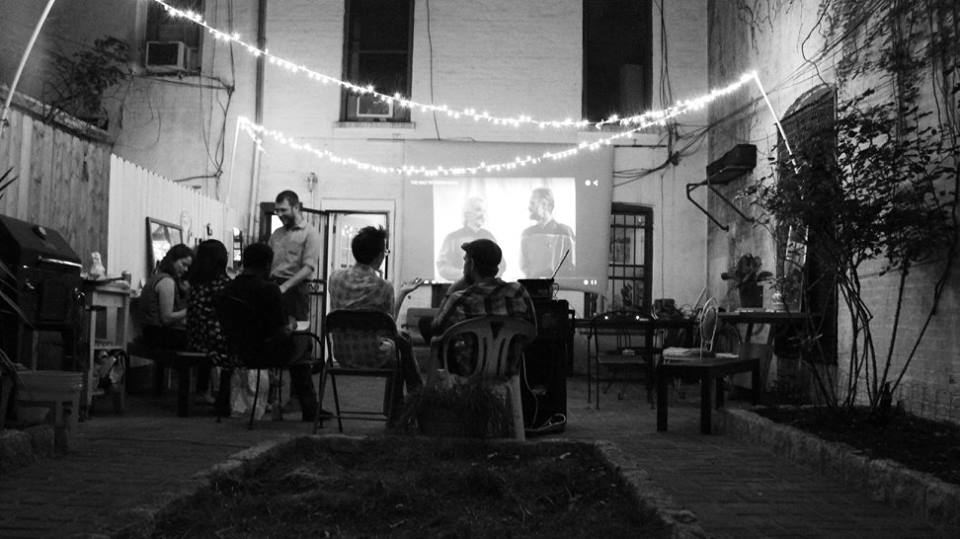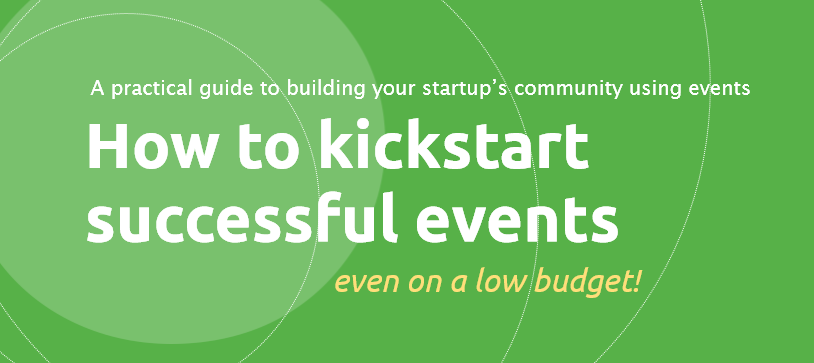For a country that’s notoriously depicted and stereotyped as one whose people are religiously obedient in following the social norms and protocols, even by our own homegrown movie-makers like in Jack Neo’s satirical films, Singapore’s increasingly and visibly veering towards a change in attitude in an opposite trajectory.
No, we’re not referring to any political undertones here, but rather the calls for an entrepreneurial spirit which demands everything else but sticking to the norm or being comfortable with the status quo. Many initiatives have been put in place to facilitate the growth of the startup ecosystem – be they by the government, institutions, and venture capitalists.
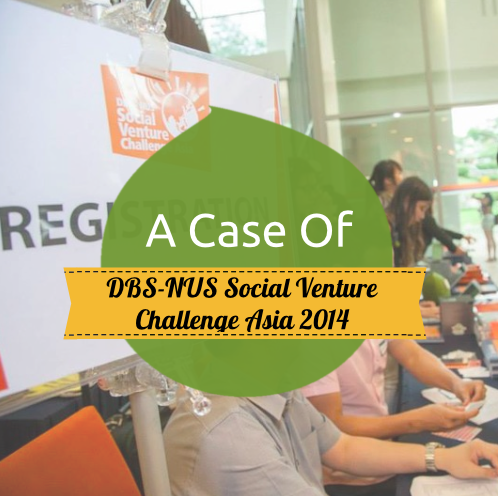
The recent DBS-NUS collaboration in organising the inaugural Social Venture Challenge Asia (SVCA) 2014 is a testament to a burgeoning interest in encouraging an entrepreneurial spirit and in going a step further, one that not only takes funding but gives back to society!
Instead of reviewing the different project pitches and its outcome (you can watch what went on at the event here), we will cover the event from an organiser’s standpoint. There are four key takeaways we can learn from the organisers of the DBS-NUS: Social Venture Challenge Asia 2014 on creating a better event experience.
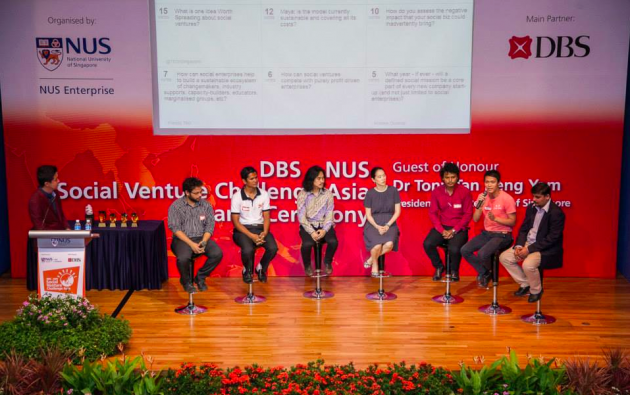
1. Use technology for a smoother event experience
– Using Peatix for registration. Waiting time at the door was cut to a minimum as attendees were checked in to the event in seconds using spiffy scanner boxes. On top of which, the organisers created an integrated form on Peatix for attendees to fill up as part of the registration process which can then be easily downloaded as an excel sheet in one-click. This helped the organisers to understand their audience better without the need for paper registration forms and manually collating the information.
– Using Pigeonhole for Q&A. After the project pitches, a digital real-time Q&A tool, Pigeonhole, was used where attendees could pose questions using their smartphone and others can vote on the questions they want answered. This solves two challenges that typically occur whilst hosting Q&A – attendees can pose a question when one comes to mind without interrupting the speaker yet not forgetting what it is by the time Q&A begins, and the anonymity also helps with overcoming shyness in asking questions. It also simplifies the job of the host in honing in on questions that gets the popular vote.
Related: An organiser’s must-have event management tool kit: 12 web and mobile tools for events
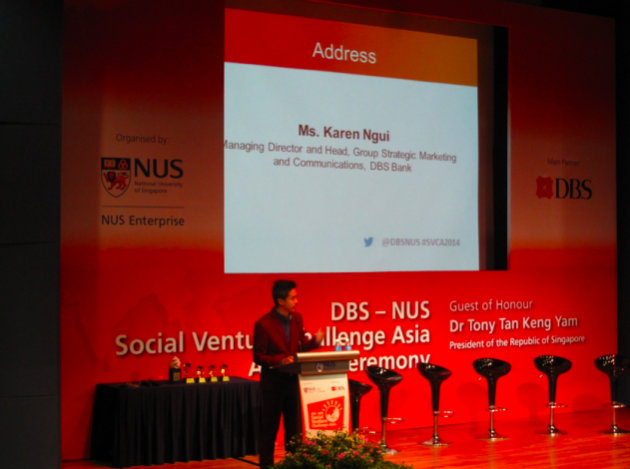
2. Provide the audience with an avenue to engage with the wider community
– Providing name tags. When attendees are meeting many people at a go at events, there sometimes presents the awkward situation of forgetting who we’ve just met – name tags help attendees to connect with others in that respect.
– Conducting video conferencing for external and overseas guests. As the groups pitching were from various countries in South East Asia, the organisers tailored the event to an international audience through a live webcast.
– Making the event hashtag and Twitter handle clearly visible. This is often off an organiser’s radar but is important in generating social media conversation during an event. In so doing, not only are you as an organiser able to engage with your audience in real-time but others who might not have been in attendance at the event can also tune in to what’s going on!
Related: 7 questions to ask when choosing an event #hashtag

3. Provide an event keepsake that lasts to remember an event by
– Photo booths have been all the rage at events for a while now and for good reason too. For one, these photos can be collated and placed onto social media post-event for attendees to tag themselves and keep the buzz alive about your event. Secondly, photos are one of those event swags that lasts the test of time as people tend to keep them rather than thrown and they’re also relatively affordable as compared to other event swag.
– Giving out books relevant to the event. Be Movement’s Japan issue – a publication that highlights people, enterprises and organisations with the courage to walk their beliefs from a particular city/country – was given out for free. Given that social entrepreneurial focus of the DBS-NUS SVCA event, this book would generally be of interest to attendees and will likely be read, passed on or shelved rather than discarded. Keeping event swag relevant can leave attendees with a lasting impression of your event beyond event day.
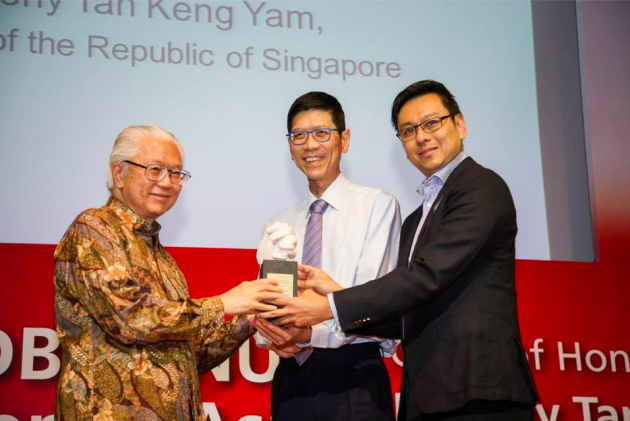
4. Maintain consistency with the theme throughout each element of an event
– Name tag categories: Change Maker, Social Entrepreneur, Impact Investor
– Photo booth placards customised to fit the occasion
– Event management company engaged: Adrenaline Group of Social Enterprises
– Keynote speaker who’s also a successful social entrepreneur, Mr. Sebastien Marot, the Founder of Friends-International, to inspire the participants in the challenge and members of the audience
– Token of appreciation given to President Dr. Tony Tan is named “Together As One”, with the two hands in the sculpture signifying the coming together of the giver and receiver to co-create a better tomorrow for all.
The event was well-executed on so many levels, and rightly so with the President of Singapore, Dr. Tony Tan being in attendance! It was such a meaningful experience as seven social entrepreneurs fleshed out concepts that benefit society at large.
In the wise words of Mahatma Gandhi, “Be the change that you wish to see in the world”. For us, that’s in providing a simple, easy-to-use event management and ticketing platform for all. Try Peatix for your next event!
Related: A Case of Crowdfund Her Live!: 3 atypical facets about organising events
Image Credit: DBS-NUS Social Venture Challenge Asia 2014


